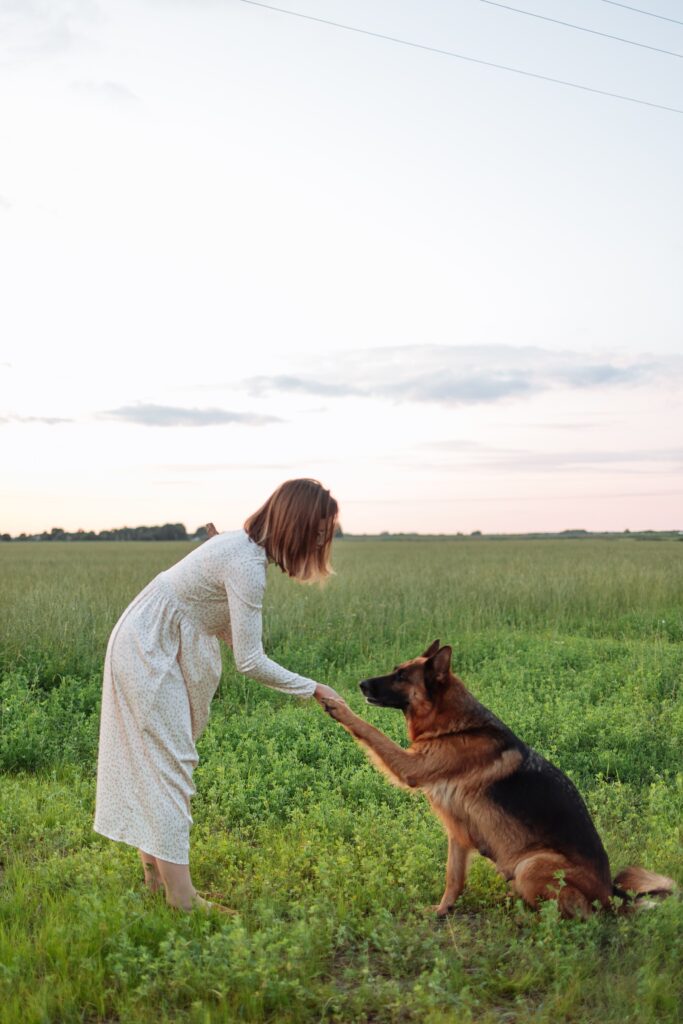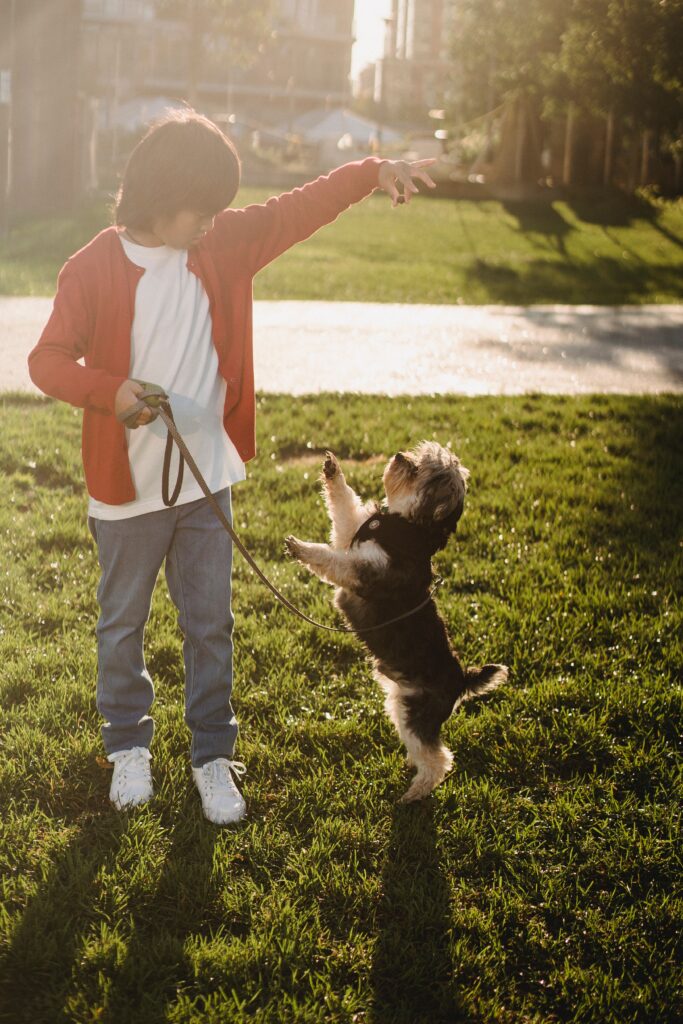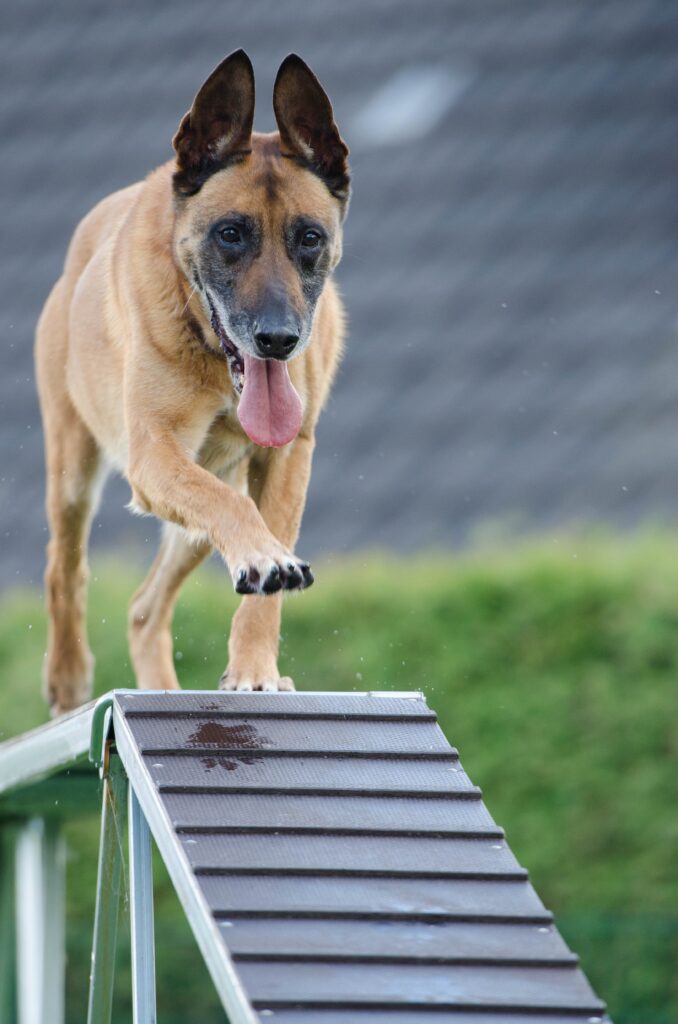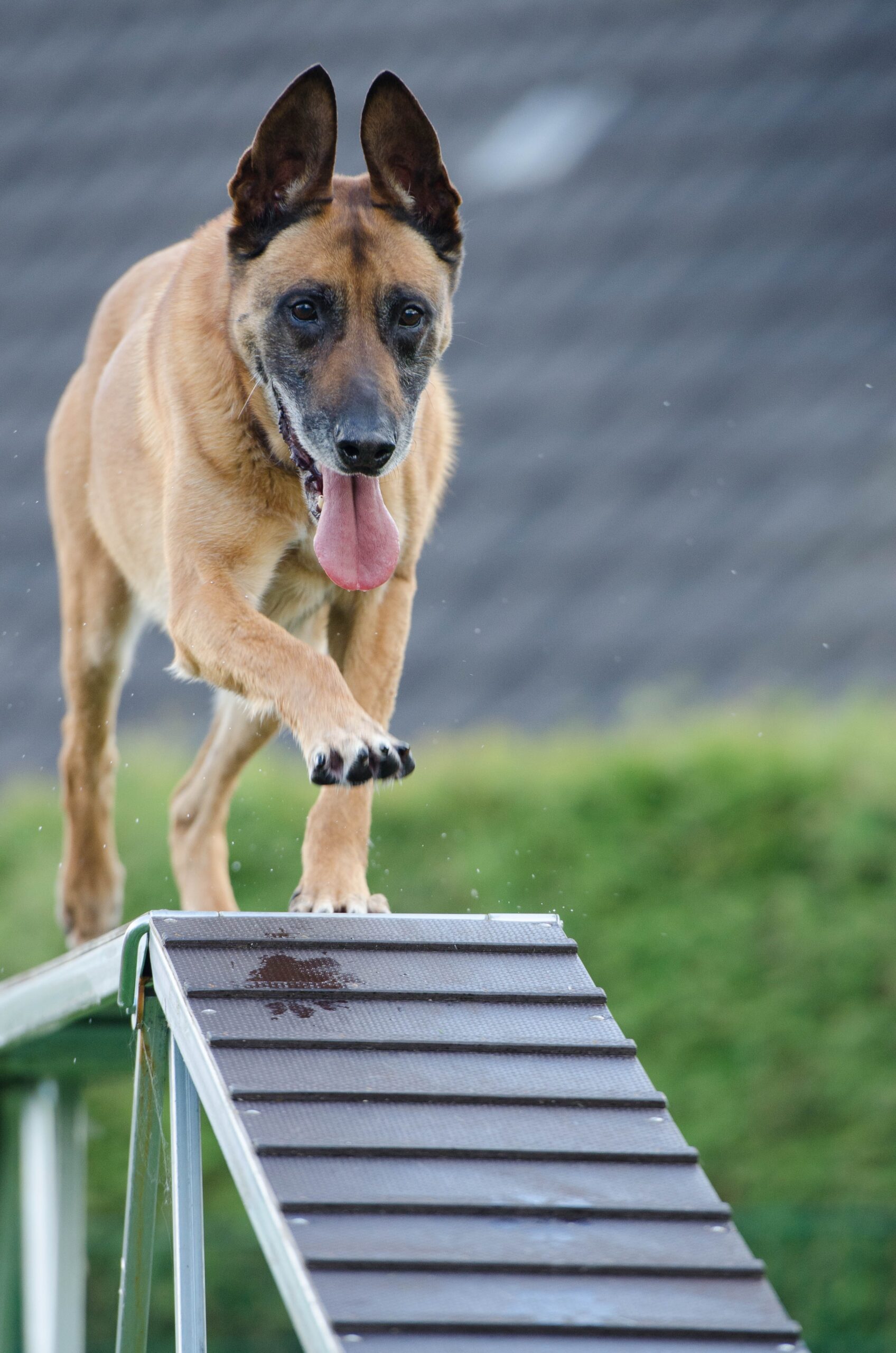Unleashing Success: How Dog Agility Training Can Transform Your Canine Companion’s Performance is a comprehensive guide to teaching your dog agility skills. This book teaches you the basics of agility training and how to apply it to your dog’s specific needs. It covers the basics of agility exercises and how to create a successful agility program for your dog. It also offers advice on how to set goals and how to track your dog’s progress. With this book, you can unleash your dog’s true potential and ensure that you both have a successful and enjoyable agility experience.
The Benefits of Dog Agility Training for Unleashing Success in Your Canine Companion
Dog agility training is a great way to unleash success in your canine companion. This type of training helps to develop a deeper bond between you and your dog, while also providing a challenging, stimulating, and enjoyable activity.
Agility training is a fun and effective way to mentally and physically exercise your dog. It involves setting up an obstacle course composed of jumps, tunnels, weave poles, and other obstacles. Your dog will learn to navigate this course by following the commands you give. The goal is for them to complete the course in the fastest time possible. Agility training can help your dog develop strong coordination, balance, and physical strength.
Agility training also offers many mental benefits for your dog. It helps to stimulate their minds and offers an outlet for their energy. It teaches them to focus and pay attention to commands, while also helping them learn to think quickly and make decisions independently. This type of training also improves their communication skills, as they learn to listen and respond to verbal cues.
Another great benefit of agility training is that it increases the bond between you and your dog. Spending time together on the course not only helps you get to know each other better, but it also helps to build trust and a deeper understanding of each other. This training helps to strengthen the connection between you and your dog and make the relationship even stronger.
Agility training is also beneficial for your dog’s overall health and wellbeing. It helps to reduce stress and anxiety, while also providing an outlet for pent-up energy. This type of exercise can help to strengthen their muscles and bones, as well as improve their cardiovascular health.
In conclusion, dog agility training is an excellent way to unleash success in your canine companion. It offers many physical and mental benefits, while also strengthening the bond between you and your dog. If you are looking for an enjoyable and beneficial activity for your canine companion, agility training is a great option.

How to Choose the Right Agility Training Program for Your Dog
If you are looking to get your dog into agility training, it is important to choose a program that is right for your pet. The right program can help to ensure that your dog enjoys the experience and develops the skills it needs to excel. Here are some tips to help you select the right agility training program for your dog.
First, consider your dog’s age and physical condition. Puppies should not be enrolled in an agility program until they are at least six months of age. Older dogs may need to adjust the intensity of the program to accommodate their physical condition.
Second, determine your dog’s breed and size. Different breeds and sizes may require different types of agility equipment. For example, smaller dogs may need shorter jumps and lighter obstacles than larger breeds.
Third, decide what type of agility training you want for your dog. Some programs focus on teaching basic commands such as sit, stay, and come, while others focus more on obstacle course training. There are also programs that use reward-based training methods to encourage positive behaviors during the course.
Fourth, consider the type of facility in which the training will take place. Indoor facilities may offer a more controlled learning environment, while outdoor settings can provide more opportunities for exploration and play.
Finally, ask questions about the program. Make sure to find out what type of support is available after the course is completed. This can include additional instruction, practice sessions, and access to resources such as books, videos, and online tutorials.
By keeping these considerations in mind, you can ensure that you choose the right agility training program for your dog. With the right program, your pet will be able to enjoy a fun and rewarding experience while developing the skills needed to become an agility champion.
The Different Types of Agility Obstacles and How to Use Them to Improve Your Dog’s Performance
Agility obstacles are an essential part of any agility training program. They provide variety and challenge for both the handler and the dog. By introducing different types of obstacles, you can help your dog become more focused, improve their coordination, and develop better problem-solving skills.
The most common type of obstacle used in agility training is the jump. Jumps are used to test a dog’s ability to move quickly and accurately over a set height. They come in a variety of sizes and heights, ranging from 2” to 48”, and can be set up in a variety of ways. For example, jumps can be set up as a single jump, double jump, or a series of jumps.
The tunnel is another popular obstacle used in agility training. Tunnels provide a safe and fun way to test a dog’s speed, coordination, and focus. Tunnels come in different lengths and can be adjusted to fit any size dog. They can be used in a variety of ways, such as for weaving, running through a series of tunnels, or for distance reinforcement.
The weave poles are a great way to build a dog’s speed, coordination, and focus. Weave poles are typically set up in a series of six or more poles. Dogs must weave in and out of the poles, staying focused and on task. This obstacle tests both the handler’s ability to direct their dog, as well as the dog’s ability to stay focused and on task.
The A-frame is another obstacle commonly used in agility training. This obstacle tests a dog’s ability to climb and descend a sloped surface. A-frames can be adjusted to fit any size dog, and they can also be used at varying heights.
The tire jump is a great way to test a dog’s coordination. This obstacle consists of a series of tire frames that must be jumped through in order. The tire frames can be adjusted to fit any size dog, and can be set up in a variety of ways.
The dog walk is an excellent obstacle for testing a dog’s balance and coordination. This obstacle consists of a series of platforms that the dog must walk across. The platforms can be adjusted to fit any size dog, and can be set up in a variety of ways.
By introducing different types of agility obstacles, you can help your dog become more focused, develop better problem-solving skills, and improve their coordination. With the right training and practice, your dog can become an expert at navigating these different types of obstacles.

A Guide to Developing a Successful Dog Agility Training Plan
Dog agility is an exciting and rewarding activity that can provide both physical and mental stimulation to your pet. It is an excellent way to strengthen the bond between you and your dog while having fun together. Developing a successful training plan is essential to ensure that your dog is properly prepared for competition. Here is a guide to help you create a comprehensive plan to get your furry friend ready for their agility debut.
- Understand Your Dog’s Physical and Mental Abilities: Before you begin training, it is important to understand your dog’s physical and mental capabilities. Start by assessing your dog’s physical health and energy level. Consider the size and breed of your dog as well as any underlying health issues that might impact their performance. Additionally, evaluate your dog’s mental capacity and willingness to learn. Consider their attention span, ability to follow instructions, and overall interest in the task at hand.
- Set SMART Goals: Setting achievable goals is key to successful agility training. Start by creating specific, measurable, attainable, relevant, and time-bound (SMART) goals. Consider the type of competition you plan to enter and the time frame in which you plan to compete. Create realistic goals for each training session, as well as for the overall training plan.
- Establish a Training Schedule: It is important to maintain a consistent training schedule to ensure that your dog is properly prepared for competition. Establish a routine that works best for both you and your dog. Consider the frequency, duration, and intensity of each session. Also, keep in mind that dogs can get bored with repetitive tasks, so be sure to mix up the exercises to keep your pup engaged.
- Choose Appropriate Training Tools and Equipment: Selecting the right tools and equipment for training is essential for success. Invest in quality agility equipment, such as jumps, tunnels, weave poles, and A-frames. Additionally, consider investing in a tracking collar to help you monitor your dog’s progress.
- Consider Professional Guidance: Joining an agility class or working with a professional trainer can help you learn the basics and fine-tune your training plan. A professional trainer can provide valuable insight into proper technique and help you identify areas of improvement.
By following these steps, you can create a comprehensive dog agility training plan that will help prepare your pup for competition. With the right plan and dedication, you and your dog can achieve agility success.

Tips for Maximizing Your Dog’s Performance Through Agility Training
- Establish a Positive Relationship: Before beginning any agility training, it is important to establish a positive relationship between you and your dog. Ensure that your dog is comfortable with you and that you are a trusted source of affection and reward.
- Begin with Basic Obedience Training: Before attempting any agility training, it is important to ensure that your dog is already proficient in basic obedience commands such as sit, stay, and heel. This will make agility training much easier and help ensure that your dog responds to your commands.
- Start Slow: Begin agility training with simple activities, such as walking through a tunnel or jumping over a low-lying hurdle. This will help your dog become accustomed to the equipment and build his confidence.
- Break it Down: When introducing a new activity, break it down into small steps. Start by teaching your dog the individual elements of the course, such as how to turn a corner or how to stop at a designated point. Once your dog has mastered these individual elements, he will be better prepared to tackle the entire course.
- Use Positive Reinforcement: Always use positive reinforcement when teaching your dog new agility skills. Praise your dog for a job well done and reward him with treats or toys. This will help him to associate agility training with positive experiences and encourage him to continue learning.
- Incorporate Variety: To keep your dog engaged and excited about agility training, incorporate variety into his regimen. Try introducing different obstacles or changing the order of the activities to challenge him.
- Maintain Consistency: Consistency is key when it comes to agility training. Make sure to practice regularly and keep your sessions short and sweet. This will help ensure that your dog is making progress and will improve his performance.
- Have Fun: Above all else, remember to have fun with your dog. Agility training should be an enjoyable experience for both of you, so make sure to give your pup plenty of praise and affection throughout the process.
Conclusion
Unleashing Success: How Dog Agility Training Can Transform Your Canine Companion’s Performance provides valuable insight into the world of dog agility training, and how it can help to bring out the best in your canine companion. From teaching them basic commands, to providing them with the opportunity to practice their skills in a competitive setting, dog agility training is an excellent way to bond with your canine and help them reach their full potential. With the right instruction and guidance, and a willingness to work together, you and your dog can unleash success.




